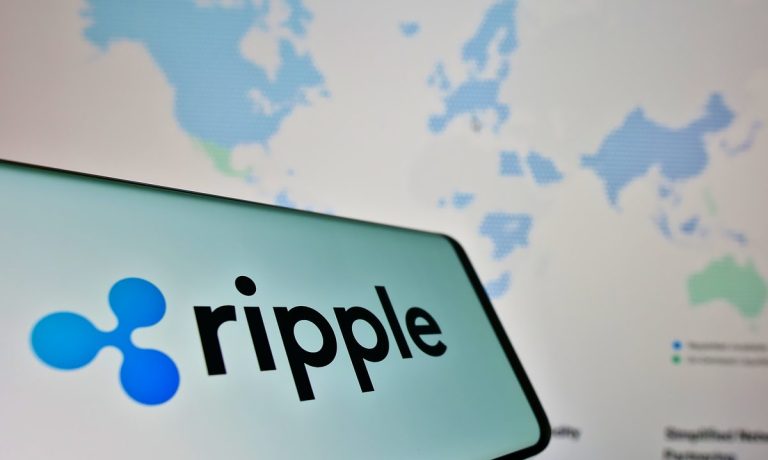
Digital asset infrastructure firm Ripple has introduced new features and functionalities for its custody solution.
“Custody is a key entry point into the digital asset economy, and it’s only growing,” Ripple said in a Thursday (Oct. 10) press release.
The company notes that the amount of crypto assets custodied is projected to reach at least $16 trillion by 2030, by which time 10% of the world’s GDP is also expected to be tokenized.
“As such, companies need secure, compliant and flexible options to store their crypto,” the release added.
According to Ripple, the update includes a transaction screening service integration, added hardware security module options, an XRPL integration for tokenizing real world assets (RWA), pre-configured policy frameworks and upgrades to the platform’s usability and user interface.
In addition, Ripple Custody now supports XRP Ledger tokenization features, letting businesses to tokenize and manage assets including cryptocurrencies, fiat currencies, and real-world assets “while facilitating digital asset issuance and secure transfers directly from its platform,” the company added.
PYMNTS examined the tokenization of RWA earlier this year, noting that it was another component of blockchain that has gotten the attention of players in the payments, finance and commerce worlds: the ability for organizations to denote ownership rights of a real-world asset as a digital, on-chain token.
“Tokenized RWAs have the potential to make assets more liquid, accessible and efficient while enhancing transparency, security and global reach,” that report said.
“Representing RWAs on the blockchain — such as real estate, private equity and venture investments, fine art and collectibles, physical commodities like gold, fixed income instruments, intellectual property assets and even stocks and equities — can transform the way ownership of assets is recorded and enable new functions.”
In more recent tokenization news, PYMNTS spoke Thursday with Mastercard Chief Product Officer Jorn Lambert about how the technology could improve any use case where the exchange of data is the norm.
It can boost more than commerce, he said, though the most obvious benefit is to merchants, issuers and customers.
“We’ve needed to rethink, from the ground up, how we architect security,” Lambert said.
In a world where credentials are stored on billions of mobile devices and could be stored on millions of servers globally, “you have to assume that the bad actors and the hackers will get their hands on that data, no matter how tall and thick the firewalls you build,” he added.